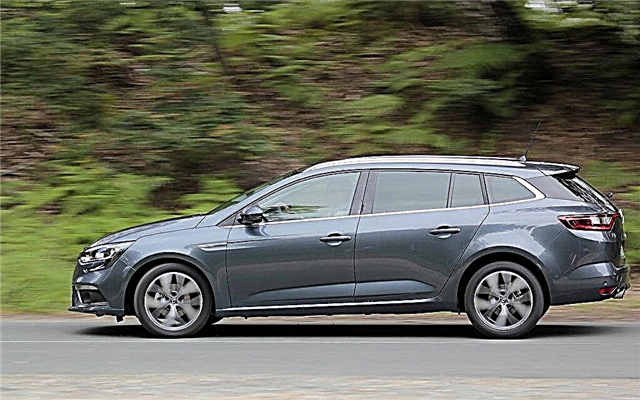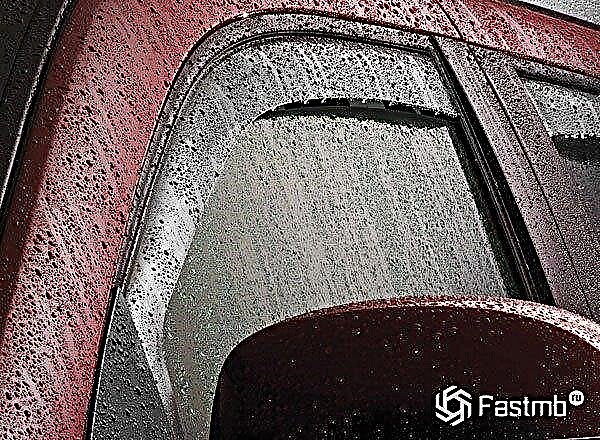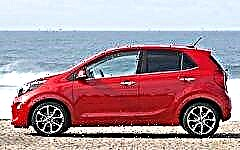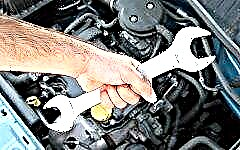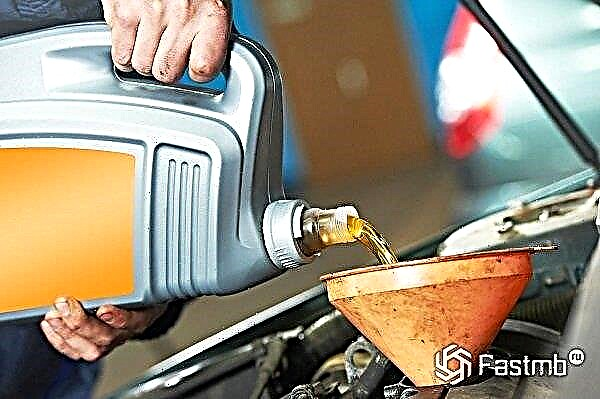An article on how to start a car in frost, what measures must be taken for this and what to pay special attention to. With the arrival of severe frosts, many motorists are faced with the problem of starting the engine, especially if the air temperature outside is far below -15 degrees Celsius. and the car "spends the night" on the street.

The content of the article:
- Starting a gasoline engine on a car with a manual transmission
- We start a car with a diesel engine on "mechanics"
- How to start a car with "automatic"
- What else can you do to start the motor
- Additional recommendations
With the arrival of severe frosts, many motorists face the problem of starting the engine, especially if the air temperature outside is far below -15 degrees Celsius, and the car is "spending the night" outside.
In this case, you need to know a few basic rules that will help you quickly start a car and get rid of the need to resort to external assistance or use public transport.
We start the gasoline engine on a car with "mechanics"
If you have a gasoline car, then before trying to start the car, you need to follow a few simple steps:
- Warm up the battery, which can be done by turning on the high beam for a while or simply blinking the headlights for 15-20 seconds.
- After that, you need to turn the ignition key and wait until the gas pump pumps fuel into the system (this usually takes no more than 20 seconds).
- We squeeze the clutch, at the same time transferring the gearbox to the neutral mode, and try to start the engine. If the car is injector, then it is not allowed to press the gas pedal, in carburetor ones - it is recommended to pull out the choke knob.
If the car is in good technical condition, then after the performed manipulations the engine should start after 5-7 seconds. There are times when it is impossible to start the car the first time - then the procedure should be repeated, with a pause of several minutes between attempts.
Engine starts - great, so you can slowly lower the clutch. If at this moment the engine is rapidly losing speed, the clutch should be squeezed out one more time and held for about 30 seconds in its lower position, during which time the oil in the transmission will have time to warm up, after which you can try to start the engine again.
Experts recommend be sure to warm up the car before driving. The warm-up time for injection engines is about 3-4 minutes, for carburetor engines - at least 10 minutes. During this time, you can prepare the car for safe movement: clean the windshield and rear windows, as well as the side mirrors from snow and frost accumulated overnight. After the engine has warmed up a little, you can move out on the road, trying not to accelerate more than 50 km / h until the engine temperature reaches 50-60 degrees.
We start the diesel engine on a car with manual transmission

As with gasoline workers, a working and charged battery is needed to start a diesel engine, however, due to the design features of engines operating on "heavy" fuel, no less important factors are: the presence of serviceable spark plugs, a serviceable fuel filter and the quality of diesel fuel.
The ideal option is to use a special winter fuel, while it would be useful to add special depressants to it to prevent diesel fuel from thickening.
To prevent diesel fuel from freezing, advanced motorists supplement the car with special heating systems, while it is worth remembering that if diesel fuel is still frozen and thickened, it must absolutely not be heated with an open fire. Otherwise, the diesel engine starting algorithm is similar to that of a gasoline engine.
We start the engine on a car with automatic transmission

If your car is equipped with not a mechanical, but an automatic transmission, then, provided that it is not properly cared for, it can be very difficult to start the engine in subzero temperatures. That is why experts recommend timely changing the oil in the gearbox, as well as not saving on the manufacturer.
Despite the fact that an oil change in a modern car can be carried out once every 15 thousand km, the employees of service centers recommend changing it in the autumn, which will ensure the use of "fresh" oil in winter, which is considered the most difficult period for a car. If this is not done, then when low temperatures appear, the "old" oil will turn into something like caramel, which not only prevents instant oil supply to the crankshaft and turbine shaft elements, but also creates more resistance when starting the engine.
What to do if the car still won't start

If, after doing all the previously announced procedures, the car has not started, and the battery has run down so much that it is no longer able to spin the crankshaft, you can try to "revive" the engine using the "lighting" method, but it is recommended to use it on cars with carburetor engines. To do this, it is necessary to disconnect the terminals of a dead battery and, using a special "cigarette lighter", connect it to a charged battery of another car, while observing the polarity, otherwise there is a great risk of burning the starter or disabling the car's electronic system, which is fraught with significant financial losses.
Another option is to start the engine by towing, which should be resorted to only if all the methods voiced did not bring the expected result and the car owner, in spite of everything, needs to start the engine. It should be noted right away that it is highly discouraged to start the engine by towing for motorists with little driving experience. Every driver who at least once had to ride in a towed car in winter will agree with this judgment.
For towing, you will need a special towing cable with a length of at least 4-5 meters. After the cable is secured, it is necessary to take a seat behind the wheel of the towed vehicle, turn the ignition key and, pressing the clutch, shift the gearbox to the second or third gear (while the clutch pedal remains depressed to the stop). Then you can give a sign to start towing.
On average, to start the engine by towing, you need to drive from 30 to 70 meters. After the engine starts, the transmission is switched to "neutral" mode and a stop signal is given to the driver of the towing vehicle.
When using this method, drivers should remember that it is only suitable for a car with a manual gearbox, towing cars with an automatic gearbox is categorically contraindicated.
Finally

As a conclusion, I would like to voice a few more recommendations that will greatly facilitate the use of the car in the winter:
- If the car "spends the night" on the street, it is not recommended to put it on the "handbrake", as this can cause the brake pads to freeze. It is better to just leave the car in gear, and the slightly frozen oil will not allow the car to move out of place on its own.
- In order not to suffer with frozen door locks, it is recommended to pre-treat them with special aerosols, for example, WD-40 or its analogues.It is also recommended to treat the door seals with water-repellent greases to prevent the doors from freezing.
- Instead of frame wipers, it is better to use frameless wipers. They not only do not freeze to the windshield, but also provide more efficient cleaning.
- Owners of warm garages and cars with an injection engine are advised to go out into the cold only with a full gas tank, since the rule applies here: the less air, the less condensate is contained in the tank. If you neglect this rule, then when driving, water vapor crystallizes and settles at the bottom, which can lead to the "death" of the fuel pump or the car's fuel system.
Keep the car battery charged and serviceable, do not allow faulty wiring and use winter fuel, then the car can easily start even in the most severe frosts, and if the temperature has exceeded -30 degrees Celsius, it is better to give the car a day off and use public transport.


